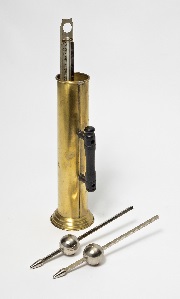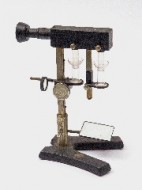![]()
On October 19, UC Libraries and UCIT co-sponsored two High Performance Computing workshops, taught by staff of the Ohio Supercomputing Center (OSC). Workshop titles: Intro to High Performance Computing at OSC (basic session) and Conquering the OSC Batch Environment (advanced, hands-on session). Streaming recordings, slides, and workshop details are now available at http://guides.libraries.uc.edu/hpc.
Questions? Contact Jane Combs, UCIT / Research and Development, combsje@uc.edu or Ted Baldwin, UC Libraries / Science and Engineering Libraries, baldwitw@uc.edu


 Two new sets of science education videos are now available in JoVE, a peer-reviewed video journal. Now you can access these two new sections:
Two new sets of science education videos are now available in JoVE, a peer-reviewed video journal. Now you can access these two new sections:



